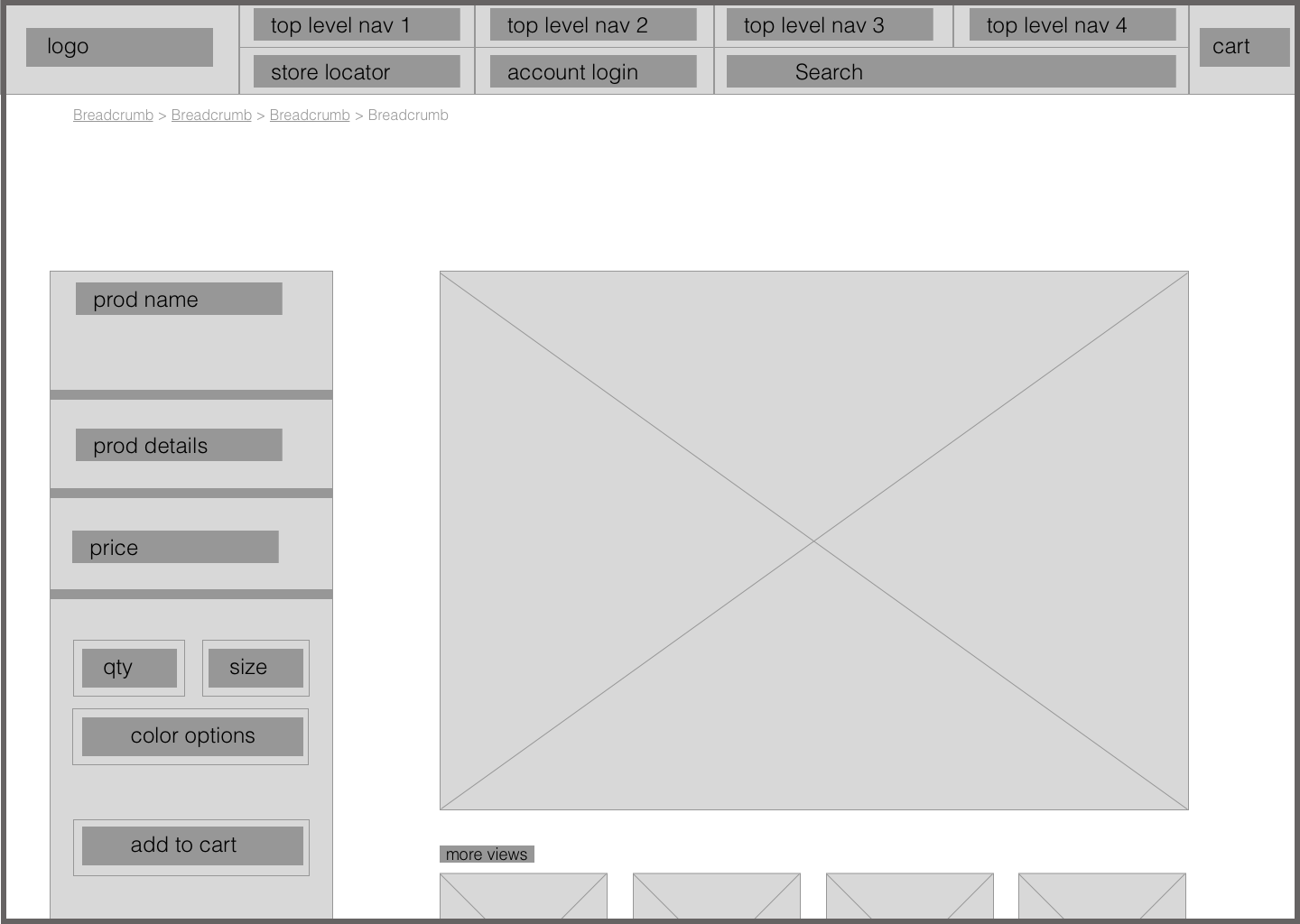Muji
RESPONSIVE ECOMMERCE CONCEPT
Muji is a Japanese retailer whose minimalist styling communicates simplicity and organization but their domestic US web store does anything but convey this identity. This concept redesign aims to change that.
Muji is a Japanese retailer whose minimalist styling communicates simplicity and organization but their domestic US web store does anything but convey this identity. This concept redesign aims to change that.
Role: User Researcher, UX + UI Designer
Tools: Illustrator, Photoshop, InDesign, Sketch, Atomic.io, Paper + Pencil
Better communicate Muji's brand identity to users.
Create a responsive web design; desktop/mobile.
Users need to be able to quickly navigate and complete their purchase, otherwise they are likely to bounce with a full cart.
I need to quickly find what I need and checkout without much effort.
To create a more universally understood category taxonomy, I conducted card sorts. The category titles were up to the user to define allowing them to work without suggestion or influence from from my perspective.
Here are examples that display some universally agreed upon aspects but also some interesting outlier data. Notice the creative category headers user #2 came up with. Though this is direct user date, it’s best practice to not use ambiguous or subjective category names. The ideas of what is a necessity or a luxury differs greatly from one person to the next so this particular piece of information was not considered.
The update is set up simply with a single level of navigation below the top-level parent categories. Filters are used to further narrow down products. For example, if a user wants to find Women’s T-shirts, they will navigate as follows…
WOMEN’S APPAREL -> Tops, filter product listings for T-Shirts.
Mobile First approach



Created in Atomic.io